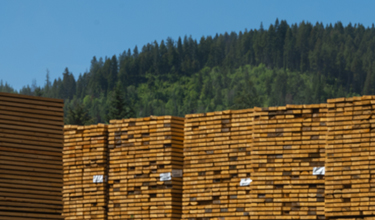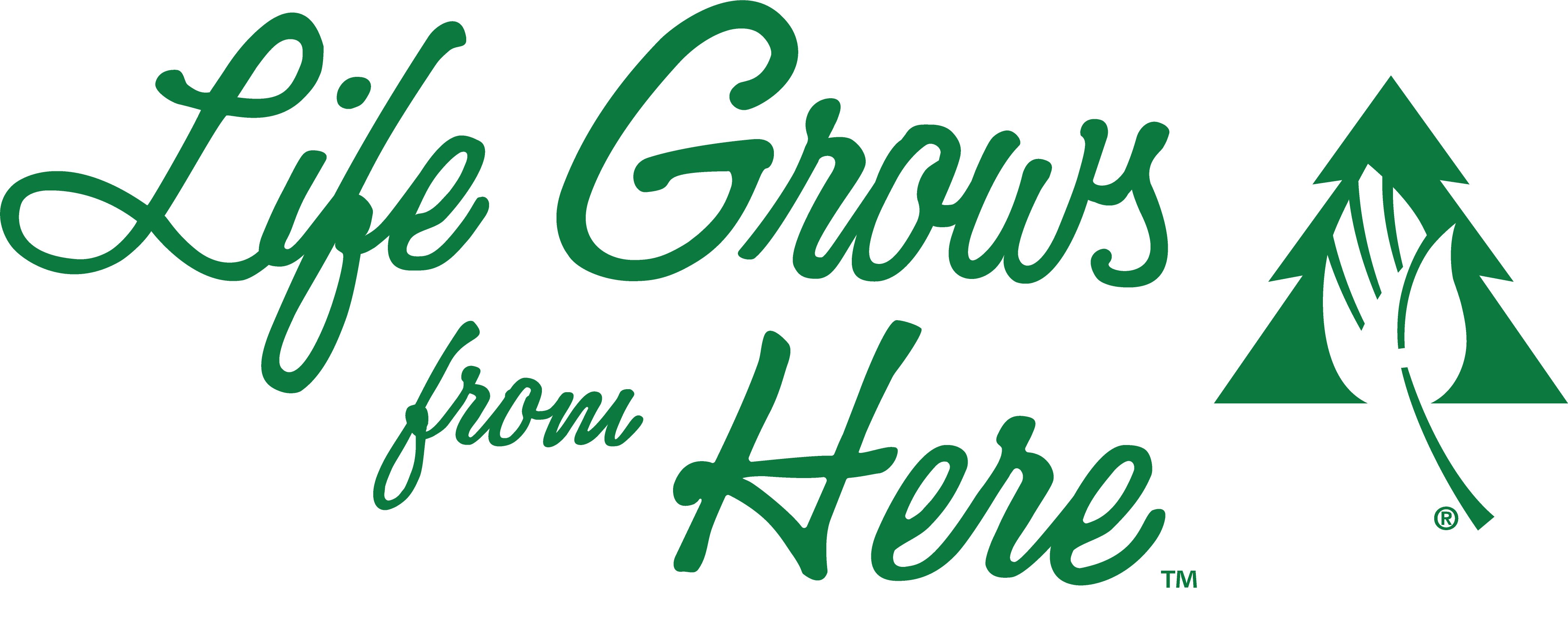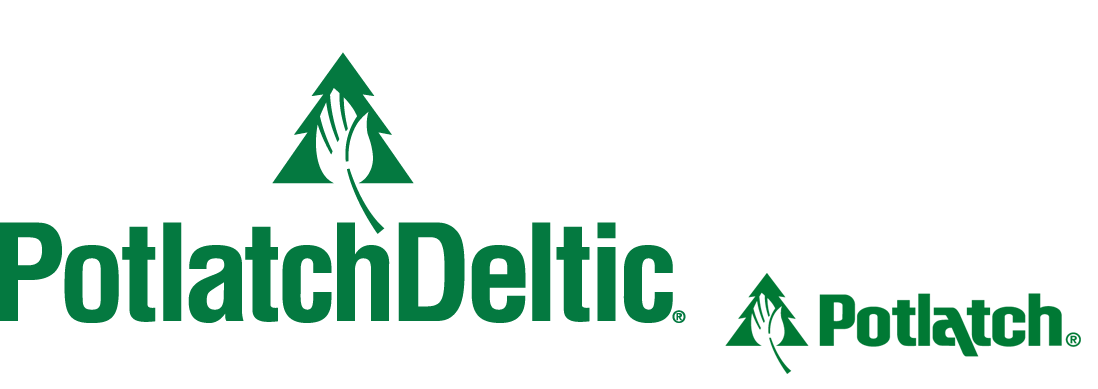Tracking Removals and Emissions
The growing and harvesting of timber, the production of primary wood products such as lumber, and the use of sawmill residuals to manufacture secondary products create complex fiber flows into multiple end products.
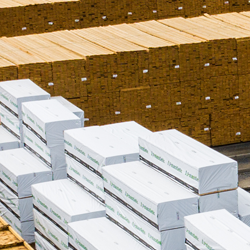
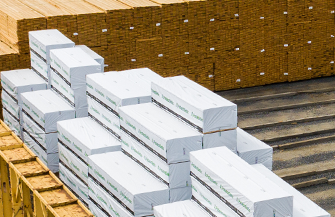
CARBON RECORD
We utilize a comprehensive carbon and greenhouse gas1,2(GHG) accounting methodology that tracks removal of carbon from the atmosphere, storage in standing trees, storage in end products, and GHG emissions from forest management, harvesting, hauling, and manufacturing.
Our net annual atmospheric carbon removals include growth and harvest on our timberlands as well as our allocation of the flux in standing carbon stocks within the procurement basins from which our wood products facilities source logs. Carbon storage values include the products we manufacture, and products manufactured by others from our logs and mill residuals. Greenhouse gas emissions include our Scope 1 and 2 emissions as well as Scope 3 upstream and downstream supply chain emissions.2
While established protocols exist for calculating greenhouse gases, there is currently no formal protocol for land sector removals. Our approach is consistent with the methodology used by some of our peers and we continue to utilize the best available data and improve our annual reporting methodology. The World Resources Institute (WRI) and the World Business Council for Sustainable Development (WBCSD) is currently finalizing a Greenhouse Gas Protocol - Land Sector and Removals. Our removal results or methodology may need to be restated depending on the final methodology we utilize.
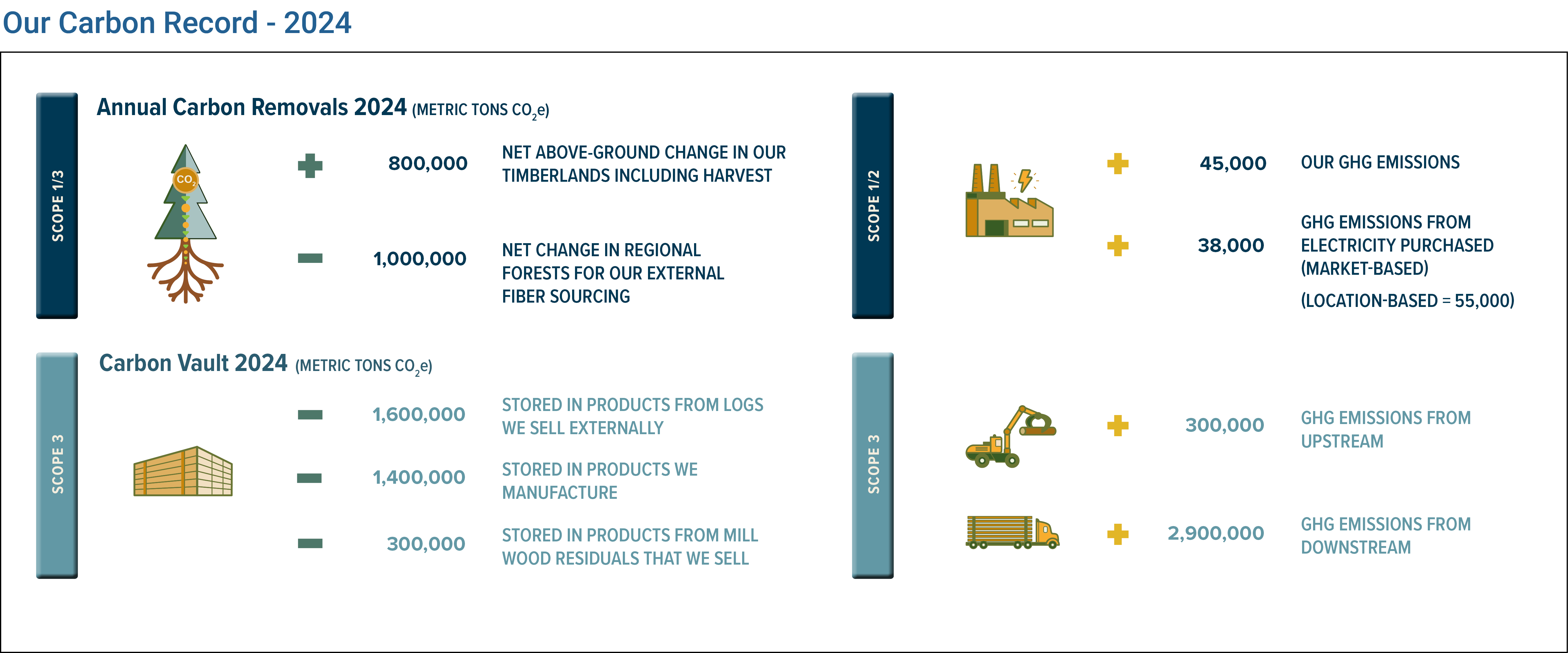

- Carbon removal and storage calculations for 2021-2023 were completed within the Carbon Sub-model in the Fire and Fuels Extension (FFE) of the Forest Vegetation Simulator and utilizing the Jenkins J. C. 2003 National-Scale Biomass Estimators for United States Tree Species.
- Greenhouse gas emissions estimates are based on the methods outlined in NCASI Report Calculation Tools for Estimating Greenhouse Gas Emissions from Wood Products Facilities Version 1.0 and associated workbook NCASI Spreadsheets for Calculating GHG Emissions from Wood Products Manufacturing Facilities Version 1.0. CO2e (CO2-equivalent emissions) is a term for describing different greenhouse gases in a common unit. For any quantity and type of greenhouse gas, CO2e signifies the amount of CO2 which would have the equivalent global warming impact. For PotlatchDeltic, CO2e emissions include emissions of carbon dioxide (CO2), methane (CH4), and nitrous oxide (N2O).
- 2023 Scope 2 emissions were calculated with the 2022 eGRID factors that were released in January 2024. Emissions & Generation Resource Integrated Database (eGRID) | US EPA
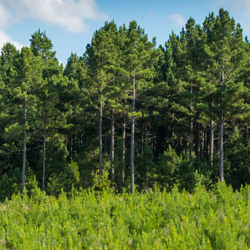
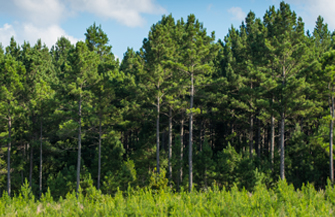
The amount of carbon stored in our timberlands changes over time. These changes occur due to tree growth, harvests, natural disturbance, and other factors. Because harvest removes carbon from the land base (transitioning much of it into storage in wood products) and tree growth adds carbon to the land base, we are interested in understanding how the amount of carbon stored on our land varies over time.
LEARN MORE ABOUT LAND-BASED REMOVALS
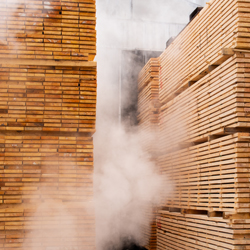
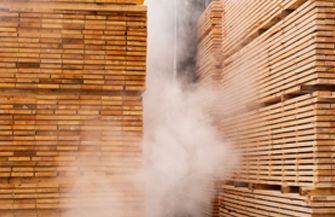
Scope 1 emissions are greenhouse gas (GHG) emissions that are emitted directly from our activities in our corporate, our timberlands, our wood products facilities, and real estate operations.
LEARN MORE ABOUT GREENHOUSE GAS EMISSIONS

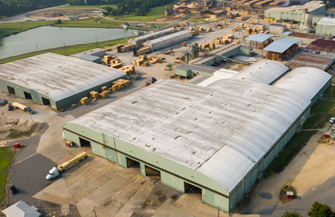
We are committed to reducing our Scope 1 and Scope 2 greenhouse gas emissions and working with our value chain on indirect Scope 3 emission reductions.
LEARN MORE ABOUT GREENHOUSE GAS INITIATIVES


